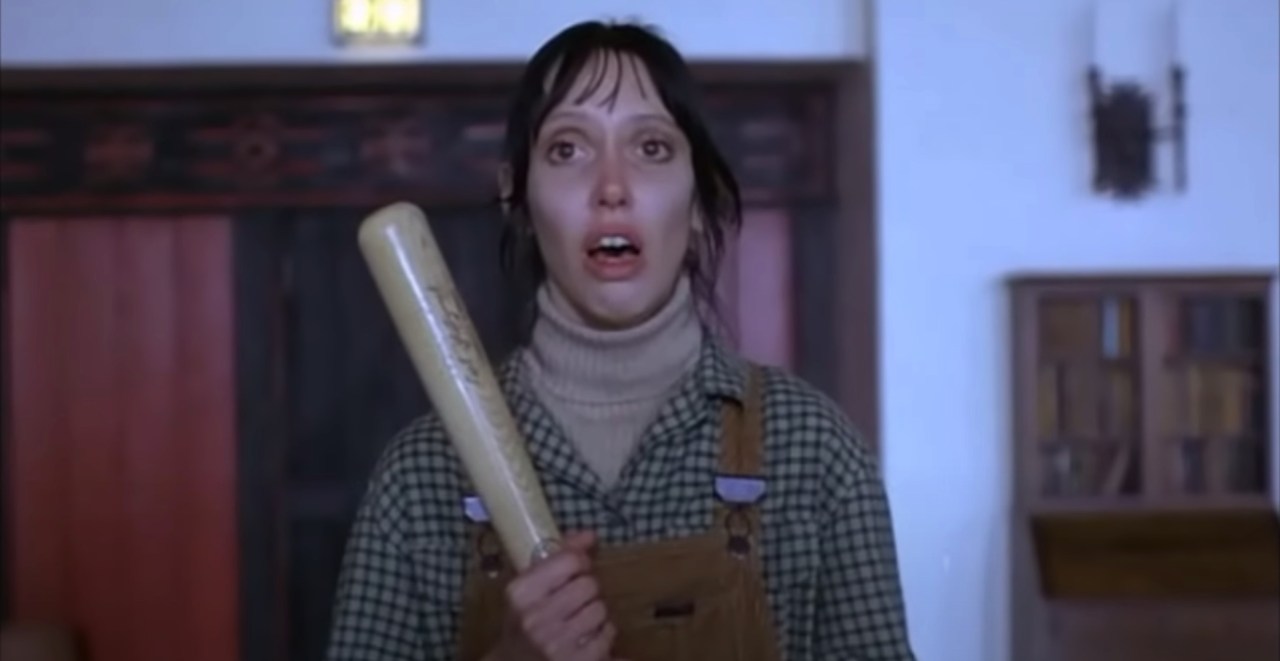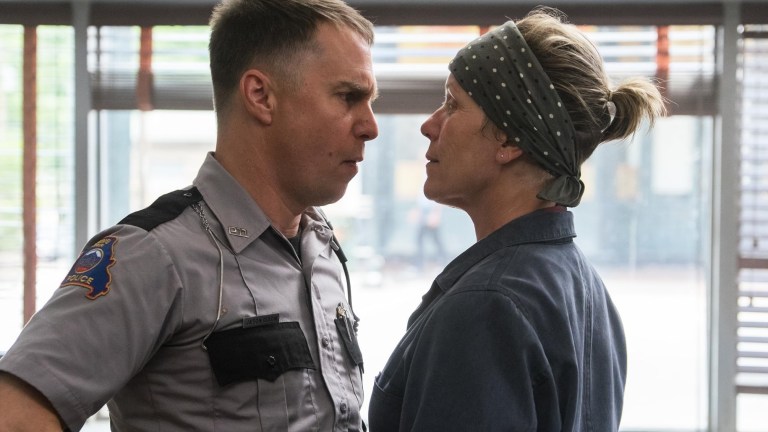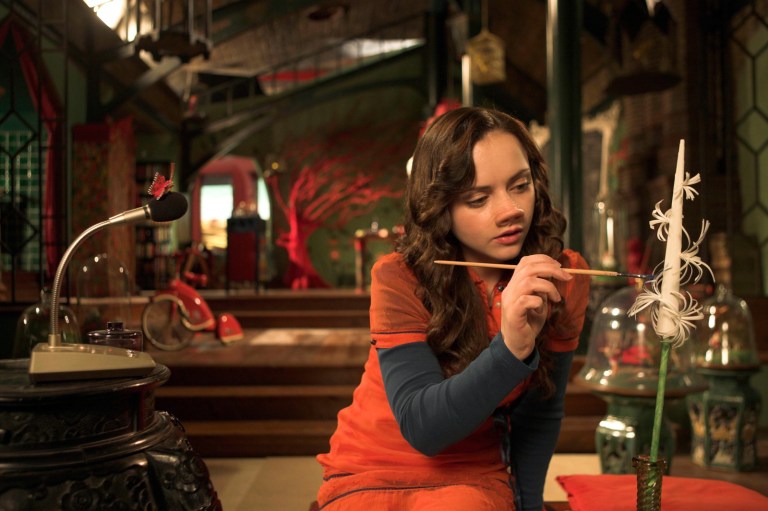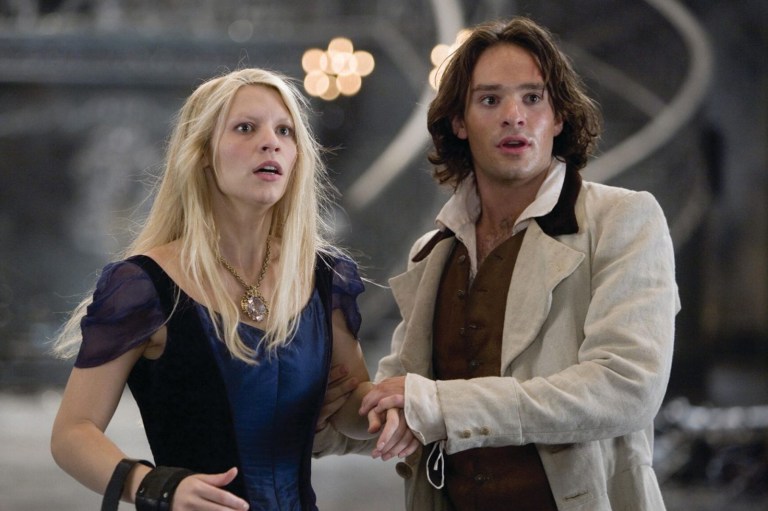
The Creepiest Part Of ‘The Shining’ That Most People Missed
Growing up, there was a particular kind of horror story that scared me the most and it had nothing to do with ghosts or zombies. It was some combination of seeing reruns of Married… With Children on TV late at night and feeling trapped in my suburban home, waiting to come of age and be able to leave. There was this claustrophobia about being in a house with people who were angry and not being able to get rid of that energy and just having to give up and coexist with it. When I thought about my adult life, I got scared by the idea that nothing might change. I could just be back in another house I can’t get out of with kids that I’m responsible for and a husband who doesn’t love me. Basically, my nightmare was to wake up as Wendy Torrance, and that’s before we get to the part where she moves into in a haunted hotel.
In Stephen King’s novel The Shining, Wendy Torrance is a stay at home mom to 5-year-old Danny Torrance. She is entirely dependent on and trapped in her marriage with Jack Torrance, a volatile failed novelist who was fired from his job as a private school teacher for having a temper tantrum and beating up the student who slashed his tires. Oh, and he’s also an alcoholic who recently broke their son’s arm in a drunken rage. Ari Aster would have a field day with Jack Torrance.
In Stanley Kubrick’s film adaptation, Wendy is portrayed as even weaker and more submissive to and dependent on Jack. Famously, Kubrick terrorized Shelley Duvall, who played Wendy, by isolating, antagonizing and insulting her. He made her perform the “bat scene” 127 times before he was happy with her work. Duvall’s hair fell out in clumps due to the stress of working with Kubrick. While Duvall’s performance was initially mocked, in recent years other horror fans like me have come to see her work in this film as perfectly hysterical and frightening, given the context. You might even see what Kubrick initially saw in Duvall. Despite his abuse, he cast her in the role of Wendy without asking her to audition after seeing her acting work in 3 Women (1977).
Here’s the final version of the bat scene as it was included in the film:
The cadence of this conversation is so familiar. Wendy is not hysterical in the sense that she is having an emotional overreaction to something that isn’t scary. The situation is scary. In the preceding scene, Wendy has just discovered her son has been attacked by someone while she is alone in a hotel with just her son and husband. Her reaction is appropriate and healthy given those circumstances. She is a mother charged with protecting her son. She needs to investigate what caused him harm. Yet her husband gaslights her. He makes it seem as if she is being difficult or making a big deal over nothing, but Wendy saw Danny’s torn sweater. She knows Danny is not a liar. She sees Jack becoming increasingly menacing in front of her, but he continues to act like she is out of her mind. It’s frightening to witness this abuse grow from something you can’t quite put your finger on to something that is out in the open. It makes you realize you are watching a line be crossed that can’t be uncrossed for Jack Torrance, a quality that makes him even more dangerous.
One reviewer wrote this about revisiting the role of Wendy Torrance in Kubrick’s film: “…looking into Duvall’s huge eyes from the front row of a theater, I found myself riveted by a very poignant form of fear. Not the fear of an actor out of her element, or the more mundane fear of a victim being chased around by an ax-wielding maniac. Rather, it was something far more disquieting, and familiar: the fear of a wife who’s experienced her husband at his worst, and is terrified that she’ll experience it again.”
On and off screen, Wendy’s options in the movie are many people’s options in life. Wendy Torrance escaped her abusive parents and married a nice, educated man who was a teacher. She gave her husband a son and was a supportive homemaker and wife cooking and cleaning up after Jack. Throughout the whole movie, Wendy is the only person we ever see doing caretaker duties in The Overlook hotel, but even this enthusiastic compliance isn’t enough to please Jack and ensure her safety.
The fear is that out in the open it is acceptable to treat people like Jack treats Wendy or like Kubrick treated Duvall, that I might be treated like this and no one would object. That I might do everything right and someone might still abuse me all the while telling me “I don’t want to hurt you… I just want to bash your brains in.” Any lens you use to look at this movie you can see Wendy Torrance trying to keep Jack from getting angry or Shelley Duvall doing her hysterical best to please Stanley Kubrick. In the real world you’ll see Shelley Duvall being exploited by Dr. Phil to get people to tune in to his lame TV show. Every level of this story turns out the same for the woman involved. No matter which world is real, it consists of a man ready to harm her.
Recently, Shelley Duvall spoke publicly about the trauma she endured while working for Kubrick on this movie and its long term effects on her life. She said for over a year the production worked 6 days a week, 16 hours a day (in contrast, Shelley’s previous starring role took only 6 weeks to film). Duvall described her thought process during the grueling job: “after a while, your body rebels. It says: Stop doing this to me. I don’t want to cry every day.’ And sometimes just that thought alone would make me cry. To wake up on a Monday morning, so early, and realize that you had to cry all day because it was scheduled — I would just start crying. I’d be like, ‘Oh no, I can’t, I can’t.’ And yet I did it.”
Anjelica Huston, who was dating Jack Nicholson at the time, said that whenever she ran into Duvall during filming, “she seemed generally a bit tortured, shook up.”
For such a weak character, Wendy Torrance really pulls it out at the end. Wendy gets her and her son to safety. After the events of The Shining she has to start over, find work, and raise Danny on her own. In short, Wendy triumphs. She wins, but she’s never mentioned in horror movie conversations about Final Girls. We still count her out.











